Violence is tearing Mali and the Sahel apart. But who are the armed groups behind the bloodshed? Where are international actors stationed in the region? And what motivates them all? This project maps jihadist and non-jihadist groups and pinpoints the presence of external actors in the region as of May 2019.
Ansar al-Din
Iyad Ag Ghali, the central leader of the 1990 rebellion in Mali, formed Ansar al-Din in late 2011. The group quickly emerged around a core of Ifoghas Tuareg and longtime companions of Ag Ghali, eventually picking up support from al-Qaeda in the Islamic Maghreb (AQIM). It quickly emerged as an important military force during the rebellion. It has claimed responsibility for the attack at Aguelhoc in January 2012 where as many as 153 Malian soldiers were slaughtered. Ansar al-Din maintained a powerful position in collaboration with AQIM during the rapid push to take control of northern Mali. The group largely governed Kidal and was very present in Timbuktu alongside AQIM during the 2011 jihadist occupation. Operation Serval swept Ansar al-Din, along with its allies, out of northern Mali’s cities but it remained active. Kidal and its surrounding region, up to the border with Algeria, remained a centre of its activity. The group conducted and continues to conduct attacks against French, UN, and Malian forces before and since the creation of JNIM. While Ansar al-Din remains orientated around Kidal with a composition believed to largely be Tuareg and Ifoghas Kidal, it and Iyad Ag Ghali also played an important role in helping federate Mali and the region’s jihadist groups, leading to the formation of JNIM.
